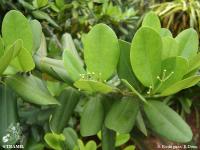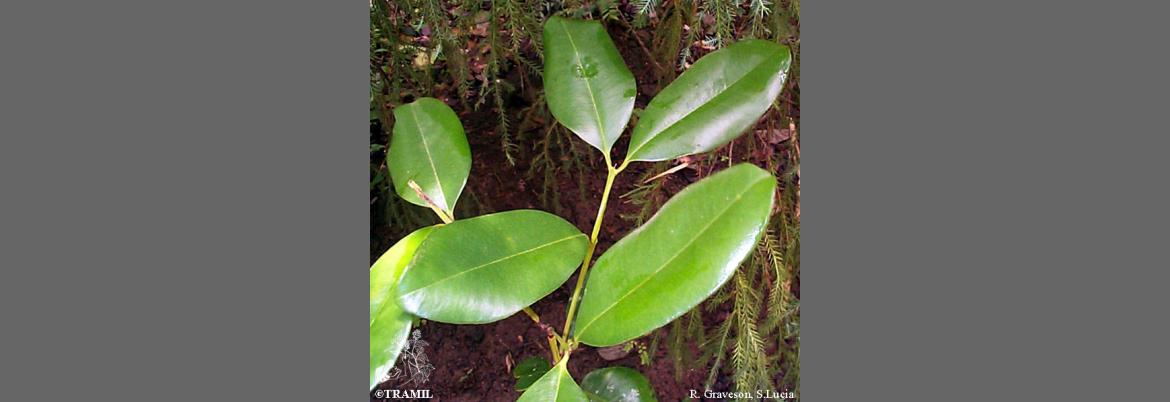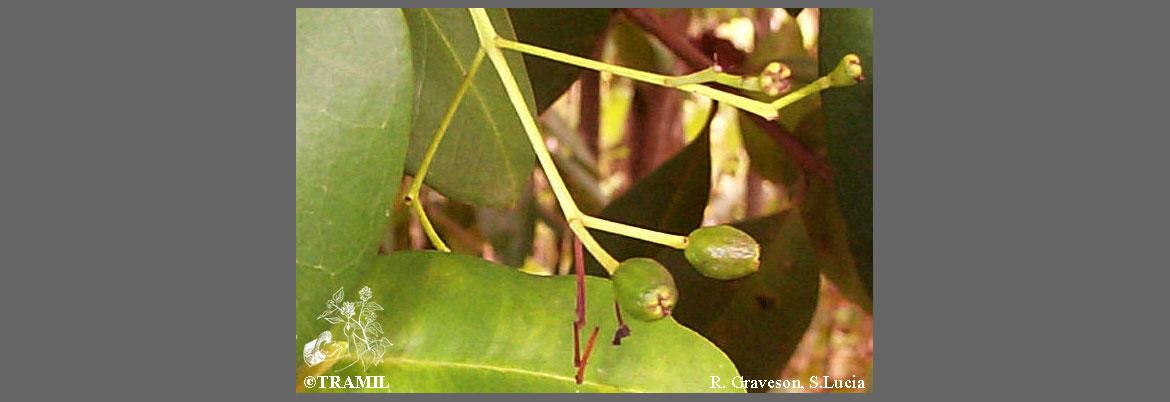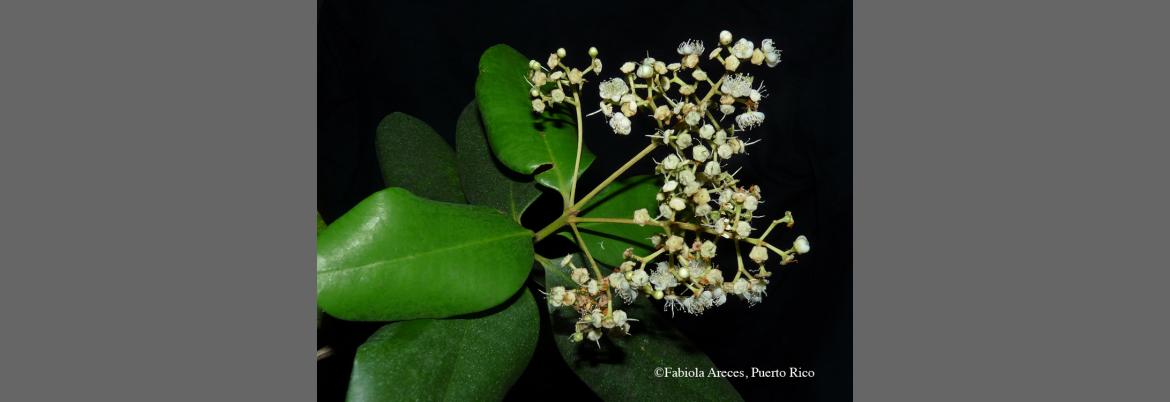1 GERMOSEN-ROBINEAU L, GERONIMO M, AMPARO C, 1984 Encuesta TRAMIL. enda-caribe, Santo Domingo, Rep. Dominicana.
2 CHARLES C, 1988 TRAMIL survey. Movement for Cultural Awareness MCA, Roseau, Dominica.
3 WHO, 1991 Guidelines for the assessment of herbal medicines. WHO/TRM/91.4. Programme on Traditional Medicines, WHO, Geneva, Switzerland.
4 BOURGEOIS P, 1986 Rapport concernant Pimenta racemosa (Myrtacées). Rapport TRAMIL. Laboratoire de phytochimie, Faculté des Sciences, UAG, Guadeloupe.
5 FURIA T, BELLANCA N, 1971 Fenaroli's handbook of flavour ingredients. Cleveland, USA: The Chemical Rubber Co.
6 LEUNG AY, FOSTER S, 1980 Encyclopedia of common natural ingredients used in food, drugs and cosmetics. New York, USA: Wiley Interscience.
7 CHAUMONT J, BARDEY I, 1989 In vitro antifungal activity of essential oils. Fitoterapia 60(3):263-266.
8 LAM L, ZHENG B, 1991 Effects of essential oils on glutathione S-transferase activity in mice. J Agric Food Chem 39(4):660-662.
9 NEGWER M, 1987 Organic chemical drugs and their synonyms (an international survey), 6th ed. Berlin, Germany: Akademie Verlag.
10 DUKE JA, 1992 Handbook of biologically active phytochemicals and their bioactivities. Boca Raton, USA: CRC Press.
11 DE SOUSA M, Matos ME, Matos FJ, MACHADO MI, CRAVEIRO AA,1991 Constituintes químicos ativos de plantas medicinais Brasileiras. Fortaleza, Brasil: Ceará Edições UFC Laboratorio de produtos naturais.
12 MAC GREGOR JT, LAYTON LL, BUTTERY RG, 1974 California bay oil. II. Biological effects of constituents. J Agric Food Chem 22(5):777-780.
13 UNGSURUNGSIE M, SUTHIENKUL O, PAOVALO C, 1982 Mutagenicity screening of popular Thai spices. Food Chem Toxicol 20(5):527-530.
14 HERRERA J, 1988 Determinación de actividades biológicas de vegetales utilizados en medicina tradicional. Informe tramil. Dep. de Farmacología, Facultad de Salud, Universidad del Valle, Cali, Colombia.
15 BUDAVARI S (Ed.), 2001 The Merck Index: an encyclopedia of chemicals, drugs, and biologicals. 30th ed. Whitehouse Station, USA: Merck & Co., Inc. p690.
16 REYNOLDS J (Ed.), 1996 Martindale: The extra pharmacopoeia. 31st ed. London, England: The Royal Pharmaceutical Society. p1705.
17 CARBALLO A, 1995 Cálculo de concentración y dosis de las drogas vegetales TRAMIL: Mensuraciones farmacognósticas y aproximaciones técnico-clínicas. Laboratorio provincial de producción de medicamentos, Sancti Spiritus, Cuba.






















